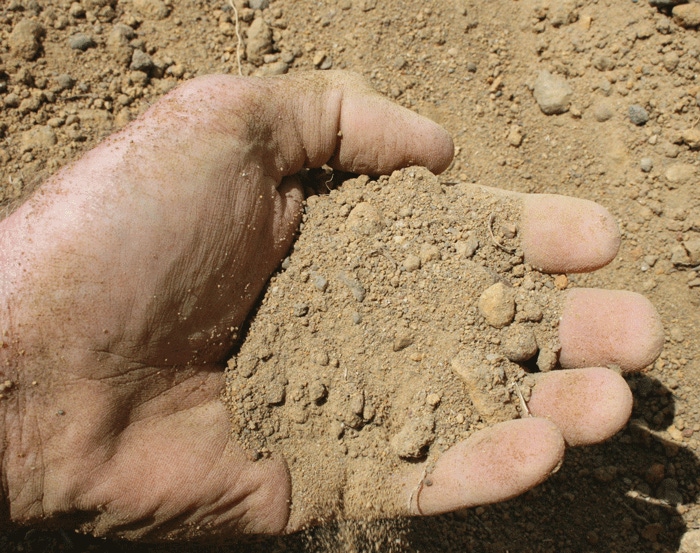June 8, 2011

Floods, with dramatic images of rising water and submerged property, make for better television than cracked, bone-dry soil that is the result of devastating drought.
But for farmers and ranchers, both are equally calamitous.
The year 2011 is one for the weather record books. Devastating floods have hit farmland and communities along the Mississippi River, where the focus has now turned to rebuilding levees and clearing shipping channels.
Now there is growing concern about Missouri River flooding and a destructive drought continues to take its toll on Kansas, Oklahoma, Texas and other states. Long-suffering Louisiana is being dealt a double whammy: both flood and drought have been declared in the Bayou State, depending on which side of the levee you are on.
Floods and the deadliest tornado season since the mid-1970s are currently grabbing most weather headlines, but economists with the American Farm Bureau Federation caution that in the end, drought may deliver more devastation to crops and livestock than floods.
According to the Texas AgriLife Extension Service, the impact of the drought on agriculture in the Lone Star State is approaching $1.5 billion. Texas livestock producers are facing the biggest losses with $1.2 billion of the total due to increased feeding costs and lost value of wheat pasture grazing.
Texas is the largest beef cow producing state, with more than 5 million head. Today, more than 90 percent of the state’s beef cows are in counties under severe or exceptional drought. The drought is also slamming cattle ranchers in Oklahoma and Kansas.
Additional implications
John Anderson, AFBF’s livestock economist, says there are additional implications for the beef cattle market due to drought.
“Lack of forage availability will make herd expansion impossible in the affected areas,” Anderson explains. Given that the affected states represent some of the largest cow/calf producing states in the country, Anderson expects the size of the national cow herd to shrink again this year as farmers are forced to sell animals they can no longer feed.
Wheat farmers in the region are also suffering from the drought. The hard red winter wheat crop has been particularly hard-hit. According to Todd Davis, AFBF crops economist, the drought could also reduce the nation’s corn crop at a time where every bushel is needed.
“The drought will exacerbate an already bad start to the planting and early growing season,” Davis says. “Because it is harvested in late summer, the corn crop in the southern states is the first of the 2011 crop to enter the market and reduce concerns about tight corn stocks. This year we need every bushel of corn we can find to meet strong demand.”
One small, bright spot related to the recent spate of weather disasters is that consumers may become more aware of the difficulties faced by farmers and ranchers in their communities. Less likely is that mainstream news outlets will devote more coverage to the risks inherent in agriculture. To be sure, such news angles may not be as intriguing or entertaining as Hollywood gossip or the latest political scandal, but they would certainly help create a better understanding of the challenges faced by farmers and ranchers.
(John Hart is director of news services for the American Farm Bureau Federation.)
You May Also Like




